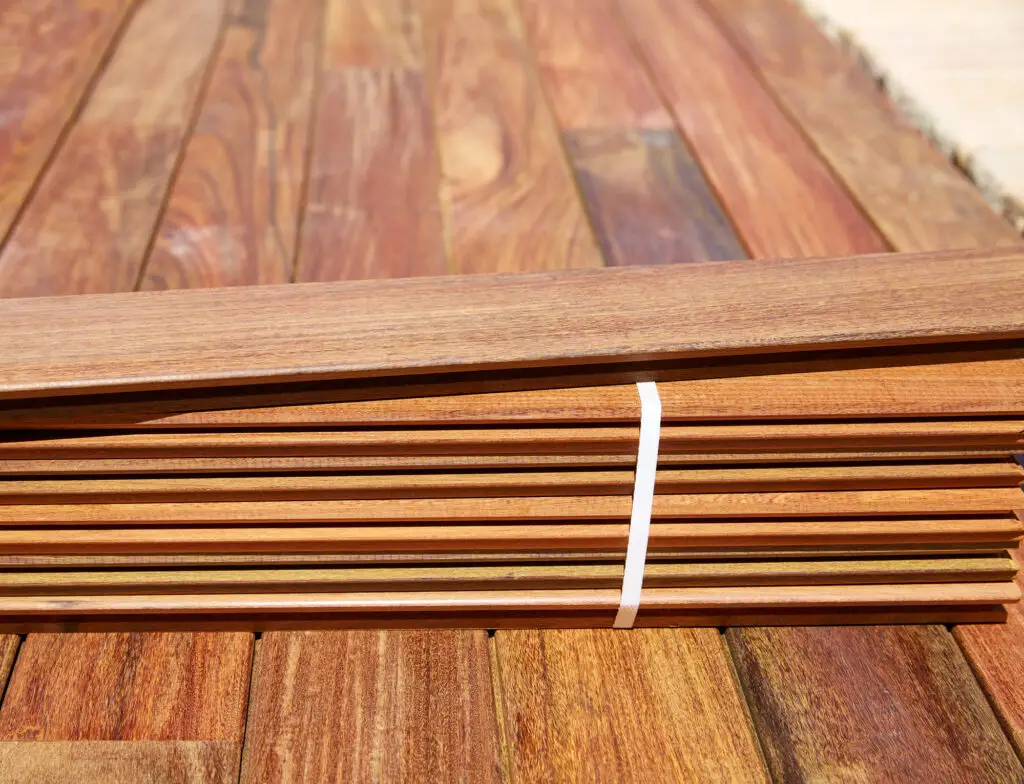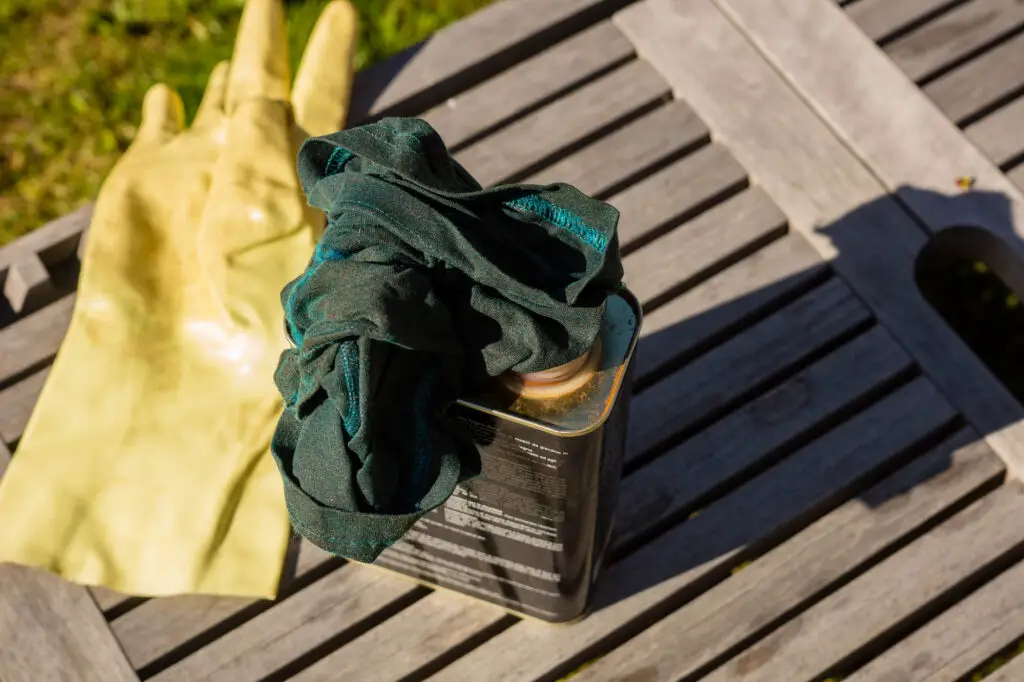As a woodworker, one of the most painful sights — and one that we can’t ignore — is when scratches from sanding are visible on the project’s surface. After all, when we look at a beautiful piece of wood, the last thing we want visible are any ugly scratches!
So, what is a woodworker to do if a sanding job goes awry, and you find yourself with a scratched project surface?
The quick answer is likely one you won’t like too much: any marks or scratches caused by sanding can be removed with…further sanding. For light scratches, gradually moving up in the grit count of the sandpaper will help eliminate those pesky marks and scratches.
For deeper scratches or even gouges, a wood filler may be required to fill in the area. Continued sanding of deep scratches can cause low spots in the wood.
Can You Sand Out Scratches in Wood?
Yes, you can! The most effective way to rid your project of sandpaper scratches is by sanding the wood again. Applying an even sanding technique to the affected area of the wood will look as if the scratch was never there in the first place!
Remember, to only use further sanding on light or surface level scratches so that you don’t make any of the low spots we discussed above.
How to Get Sandpaper Scratches Out of Wood
If the wood is unstained, then the best way to remove light scratches is by re-sanding it. While applying stain over a scratch in stained wood is always an option, it is probably better to re-sand the affected area. Most times, it is easier to spot a scratch with the darkness of the stain added.
If you already stained your piece before noticing the scratch, you can still sand it to fix it. After sanding down the scratch, make sure to smooth the area around it until there is almost no difference between the stained and sanded wood. Then, reapply the stain to the sanded surface using a cloth, coating it gently and evenly.
It is essential when using sandpaper, that you evenly wrap it around an object with smooth sides for even sanding. Sanding bricks are a perfect example of something that the sandpaper can wrap around.
Filling In Scratches Without Extra Sanding
There are various other methods to fill in scratches, such as applying substances like Minwax or petroleum jelly. But it is important to remember that applying waxes and jellies can lead to extended dry time—thus, extended overall completion time on your project.
Many woodworkers opt for a few extra minutes of sanding which can be quicker than waiting for additives to dry and has a more guaranteed outcome.
How Do You Fix Scratched Sanding?
There are several ways to fix or prevent scratched sanding from occurring:
Make sure that the sanding paper is even against a flat object, as it will lead to a more even sanding job.
Ensure that there are no strange objects on the sandpaper or stuck to the wood that may alter the sanding process.
Keep your sandpaper moving along the wood grain for minimal risk of scratching.
In most cases, as long as you sand carefully and thoroughly, there is little room for error.
Pro Tip: After your sanding is perfected, you can protect your wood project by applying a top coat such as polyurethane. The top coat will help protect your wood from acquiring scratches of other varieties, and it will protect it from the regular wear and tear of use. Just be sure to use a food safe topcoat if you are making something that will be used in the kitchen!
Sanding Without Causing Scratches
First ensure you’re using the correct type of sand paper. Check out this manufacturer’s guide to help you select the correct type. You don’t want to be using automotive sandpaper on wood and vice versa, so take some time to make sure you have the right tools for the job!
You always want to sand with the grain to keep from roughing up your wood unnecessarily. You also want to ensure that you are applying the proper amount of pressure. Too little pressure, and you won’t get the job done. Too much pressure, and you run the risk of creating low spots or gouges.
Use a flat object to wrap your sandpaper around to make things easier—such as a sanding brick! This will also help prevent low spots and gouges as you can apply the pressure more evenly than you would be able to using just your hand.
Finally, take the time to wipe any loose debris or particles from the wood that may hinder the sanding process. Wood shavings, sandpaper tear-offs, and other shop debris can really wreck your sanding job if caught under the sandpaper and drug across your workpiece!

